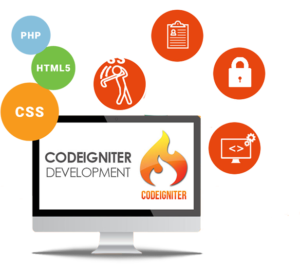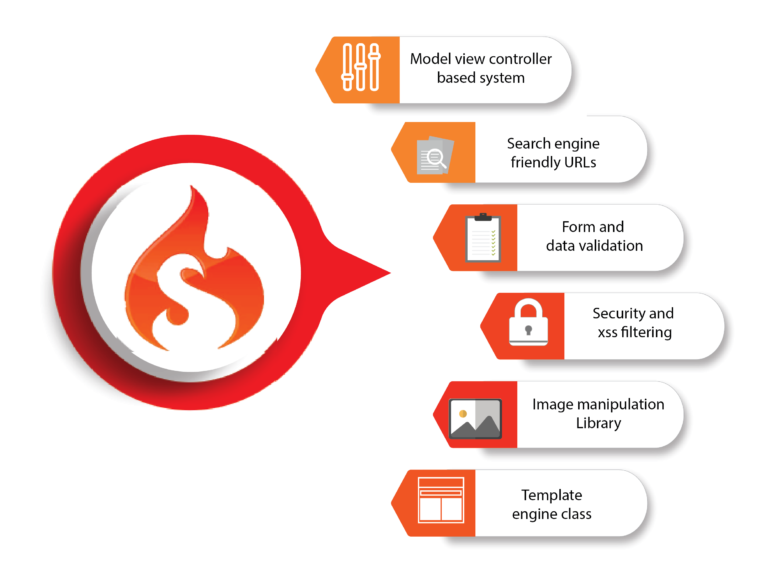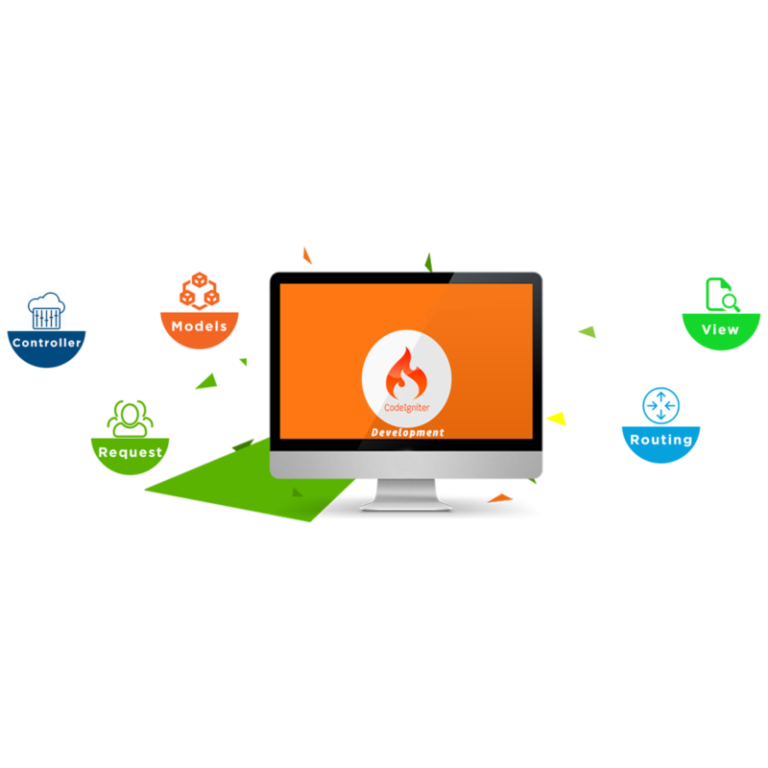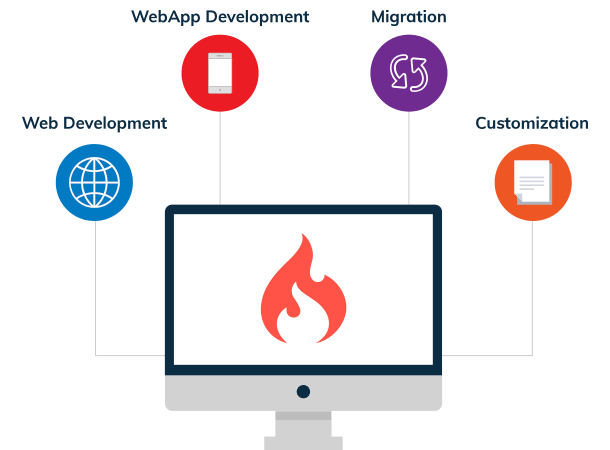
Mastering CodeIgniter Development
Mastering CodeIgniter Development: In the rapidly evolving world of web development, the right tools and frameworks can have a significant impact. Developers have relied on CodeIgniter, a stable PHP framework, for many years. Its many capabilities make the process of designing dynamic web apps easier and can save you a lot of time and work. In this blog, we’ll go over how to use CodeIgniter, its key features, and how to create with this adaptable framework.
The open-source CodeIgniter PHP web application framework makes it simple for developers to build dynamic, feature-rich websites. Because of its ease of use, flexibility, and excellent documentation, it is a popular choice for both inexperienced and seasoned developers.


MVC Architecture
CodeIgniter follows the Model-View-Controller (MVC) architecture design. This separation of concerns makes applications easier to scale and maintain. Models handle data, Views handle display, and Controllers handle application logic.
Excellent Documentation
The wealth of documentation available for CodeIgniter is one of its best features. It provides developers with easy-to-follow guidelines that simplify the troubleshooting and initial setup process.
Lightweight
The fact that CodeIgniter uses minimal system resources is one of its most well-known characteristics. Its lack of dependencies and configuration requirements make it a great choice for shared hosting environments.
Security Features
The framework’s inherent security features, which include cross-site scripting (XSS) and SQL injection prevention, make it easier to create secure apps.
Extensibility
Due to CodeIgniter’s excellent extensibility, developers can leverage pre-existing libraries or create custom libraries to add new functionalities.
Here’s a step-by-step guide to get started with CodeIgniter development:
Installation
First, get the latest version of CodeIgniter from the official website. Extract the contents to a web server or local development environment.
Configuration
You can adjust your application by editing the `config.php` file. This is where you change the base URL, database settings, and other application-specific parameters.
Routing
Define your application’s routes in the `routes.php` file, specifying the controller and method to use for each URL.
Create Controllers
Make controllers under the {application/controllers} directory. Controllers oversee the logic of your application. Here’s an illustration of a standard controller:
“`php
class Welcome extends CI_Controller {
public function index() {
$this->load->view(‘welcome_message’);
}
}
“`
Create Views
Views are located in the directory {application/views}. Rendering the HTML that the user sees is the responsibility of views. It is possible to load a view from a controller, as the example above demonstrates.
Models
To handle database interactions and data processing, construct models in the {application/models} directory. Models exchange data with your database and return data to the controllers.
Load Libraries and Helpers
To simplify tasks like form validation and session management, you may incorporate CodeIgniter’s pre-built libraries and helpers into your controllers.
URLs and Routing
With CodeIgniter, routing enables you to create user-friendly URLs. You can create custom routes that map URLs to specific controller functions using the `routes.php` file.
Testing and Debugging
To test and debug your application, make use of the included debugging features and logs. CodeIgniter’s error handling and logging are quite useful during development.



The CodeIgniter PHP framework is user-friendly and adaptable, which simplifies the process of developing web applications. Regardless of your level of development experience, its abundant documentation, well-defined and organized structure, and active community make it an excellent choice for your projects. With CodeIgniter, you can quickly and efficiently develop dynamic web apps while maintaining a high level of security and scalability.
Thus, if you want to make your web development projects easier and create dependable, feature-rich applications, give CodeIgniter a try. You won’t regret it. Enjoy yourselves while you code!
